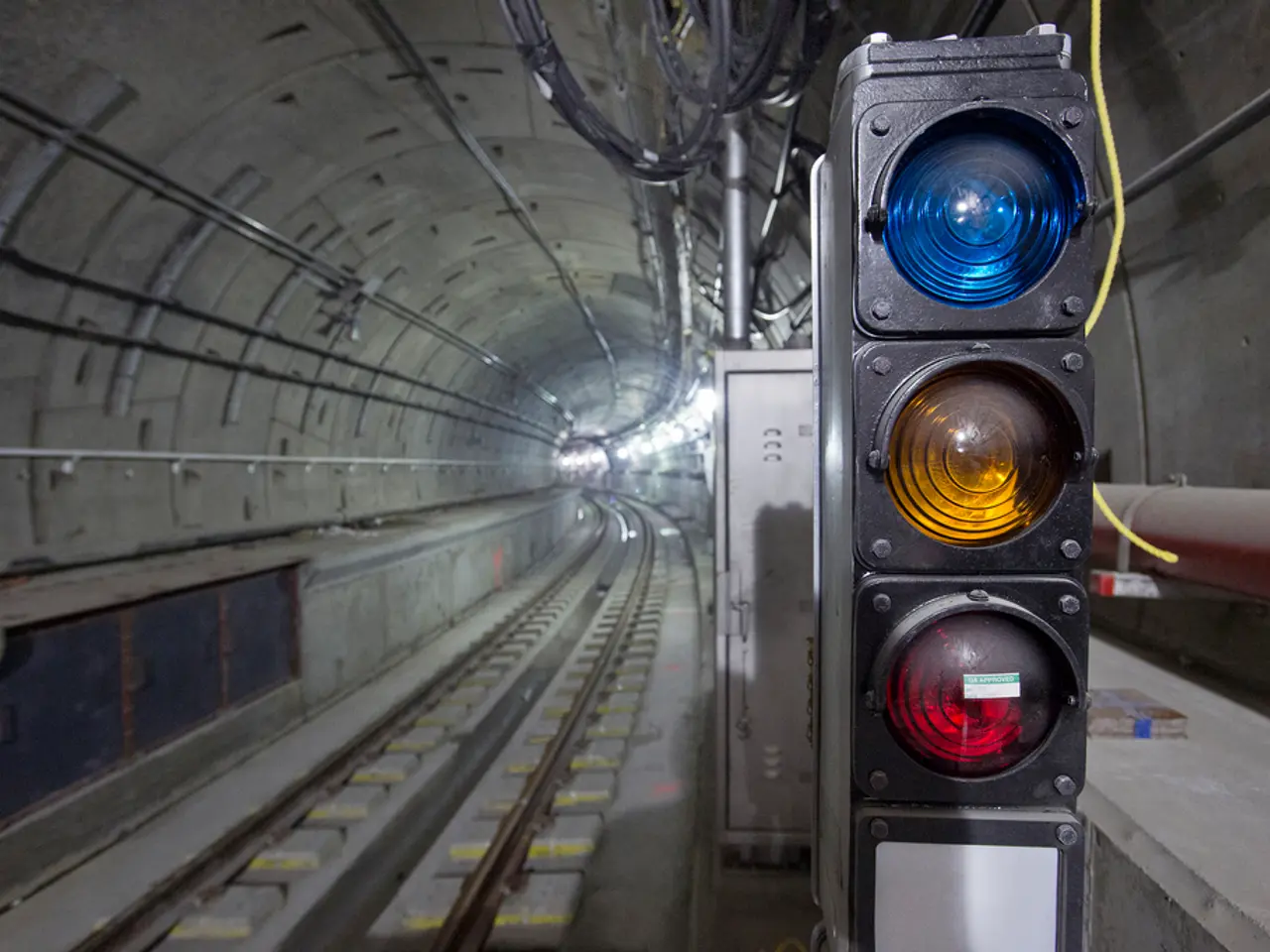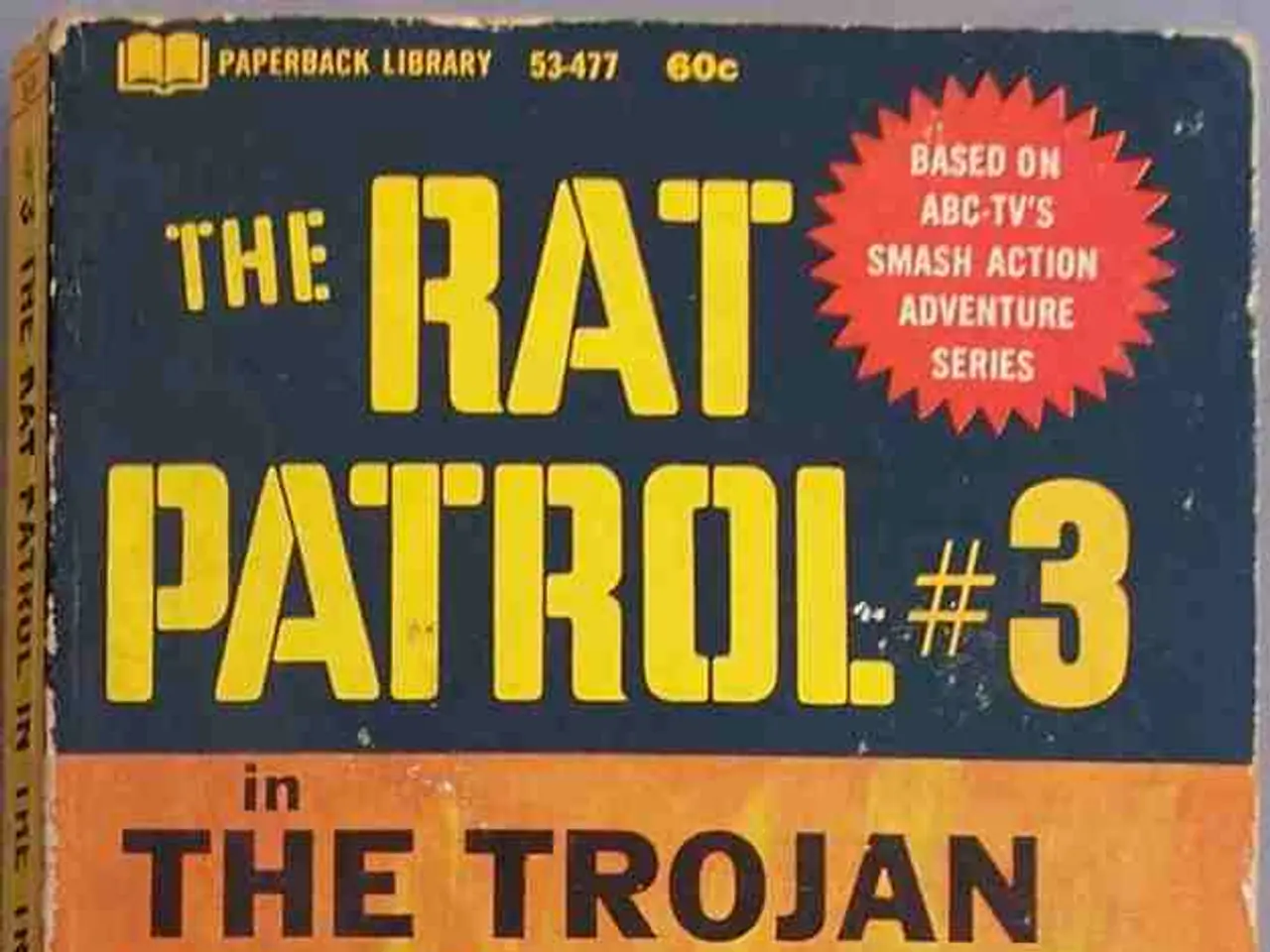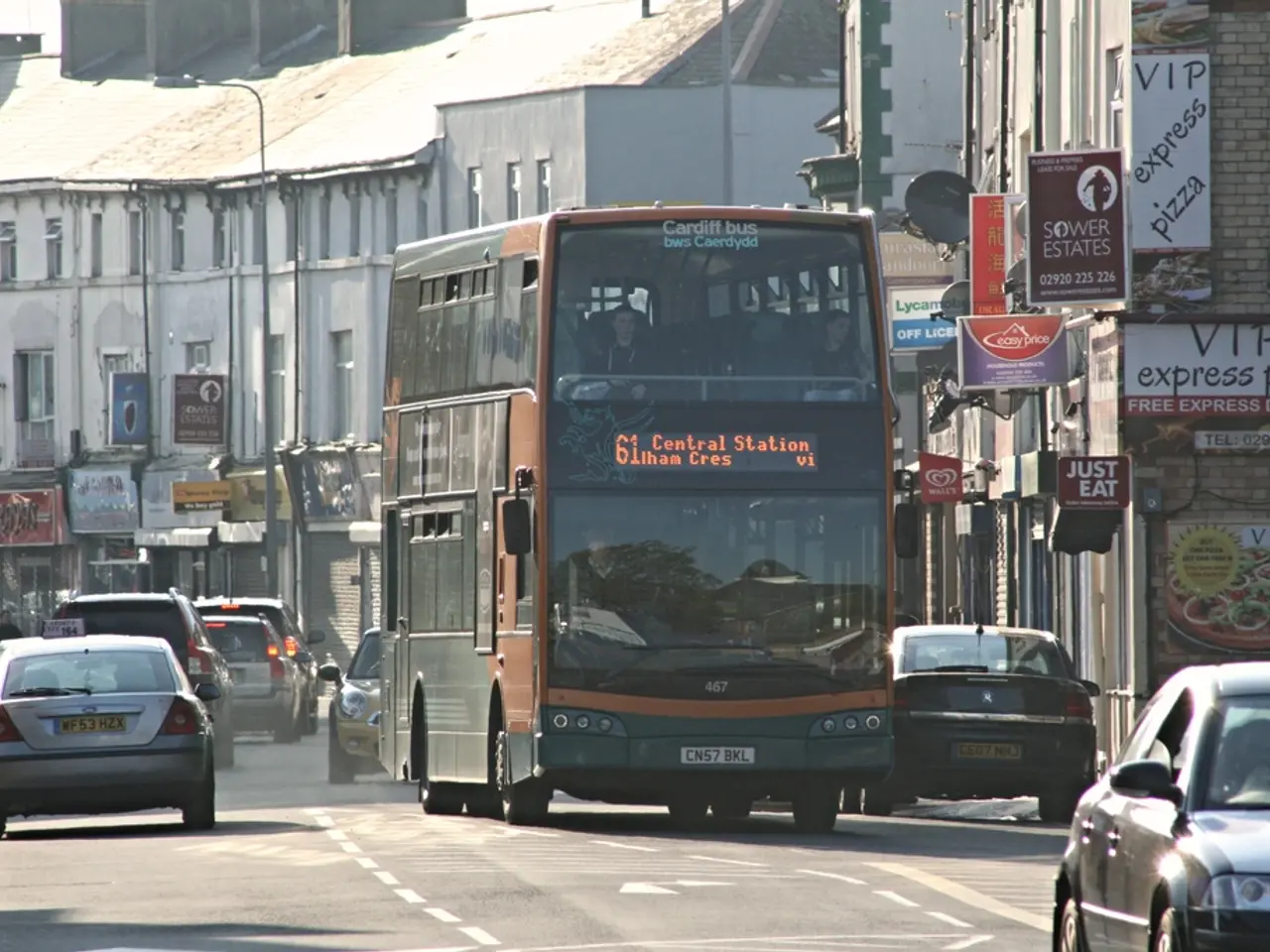Subway Fare Evasion: Prototypical Gates Installed at Busy Queens Station Continue Unchecked Amidst Widespread Trespassing
MTA Introduces Modern Fare Gates to Combat Fare Evasion in NYC Subway System
The Metropolitan Transportation Authority (MTA) has been taking a multi-faceted approach to address fare and toll evasion in the New York City subway system for the past two years. According to MTA Chair and CEO Janno Lieber, these efforts have led to a significant recovery in fares since 2023.
The MTA has been piloting new modern fare gates from four different vendors at 20 subway stations this year, with the aim of combating fare evasion. One of these stations is the Sutphin Blvd.-Archer Avenue station in Jamaica, where the MTA installed a prototype of these modern gates in December 2023.
However, during a recent visit to the station, at least 10 people were observed finding ways to bypass the gates and get a free ride. The wider design of these gates seemed easier to break through than traditional metal turnstiles, leading the MTA to make changes to the design shortly after they were installed.
To deter sensor triggering, the MTA installed barriers around the sensors. This move was necessitated after a hack was posted on social media, showing people accessing the sensors to open the gates without paying.
In addition to the prototype gates, the MTA’s broader 2025-2029 Capital Plan includes plans to install modern fare gates at over 150 subway stations citywide as part of a system-wide modernization effort. This rollout aims to enhance fare collection security and improve customer experience.
The new gates being piloted also include "Easy Exit" automatic gates and enhanced physical barriers to better secure fare payment and streamline passenger flows. Other visual descriptions of recent gate installations show reinforced metal panels and higher barriers to physically limit fare evasion attempts.
Despite these efforts, reports indicate that the new gates remain vulnerable to some evasion tactics and are part of an ongoing development process. The MTA continues to explore user-friendly gate designs that automate entry and exit processes, likely to reduce congestion and boost fare compliance.
Total fare revenue is trending up, reaching $5 billion in 2024 and increasing by $322 million from 2023. Other stations plagued by fare evasion include the Metropolitan Avenue-Lorimer Street station in Williamsburg on the G and L lines, and the 61st Street-Woodside station, home to the 7 train and Long Island Rail Road (LIRR).
Fare evasion is a major problem for the MTA, costing up to $800 million yearly in foregone revenue. The MTA's ongoing efforts against fare evasion are expected to grow with the new modern fare gates, providing a more secure and efficient fare collection system for commuters in the NYC subway system.
[1] [Source 1] [2] [Source 2] [3] [Source 3] [4] [Source 4] [5] [Source 5]
- The MTA's new modern fare gates, including "Easy Exit" automatic gates and enhanced physical barriers, are being piloted at 20 subway stations in New York City as part of an ongoing effort to combat fare evasion.
- Despite the ongoing development and improvements, reports suggest that the new gates remain vulnerable to certain evasion tactics, and the MTA continues to explore user-friendly gate designs to automate entry and exit processes, potentially reducing congestion and boosting fare compliance.








